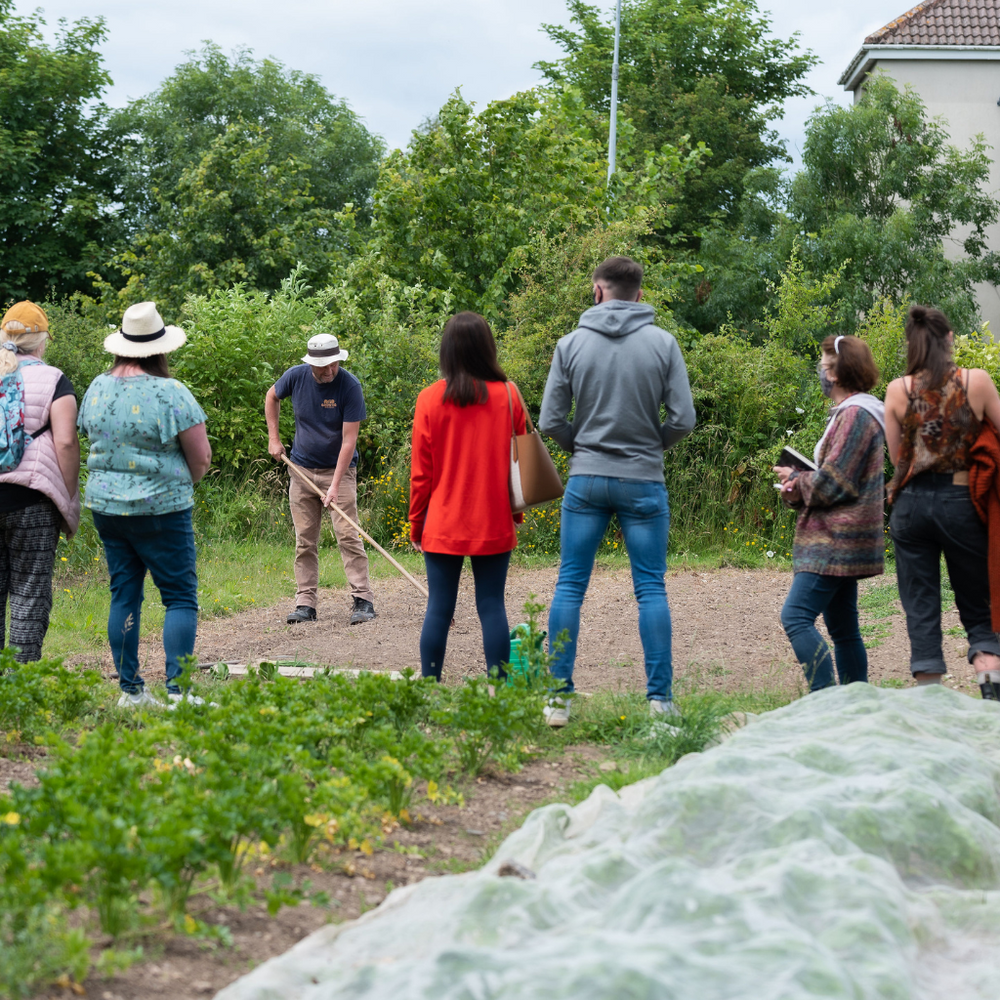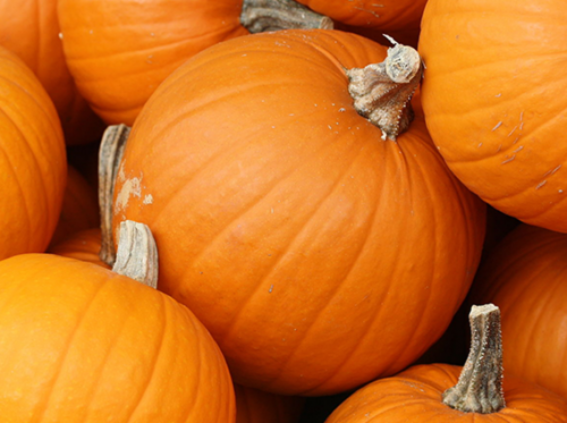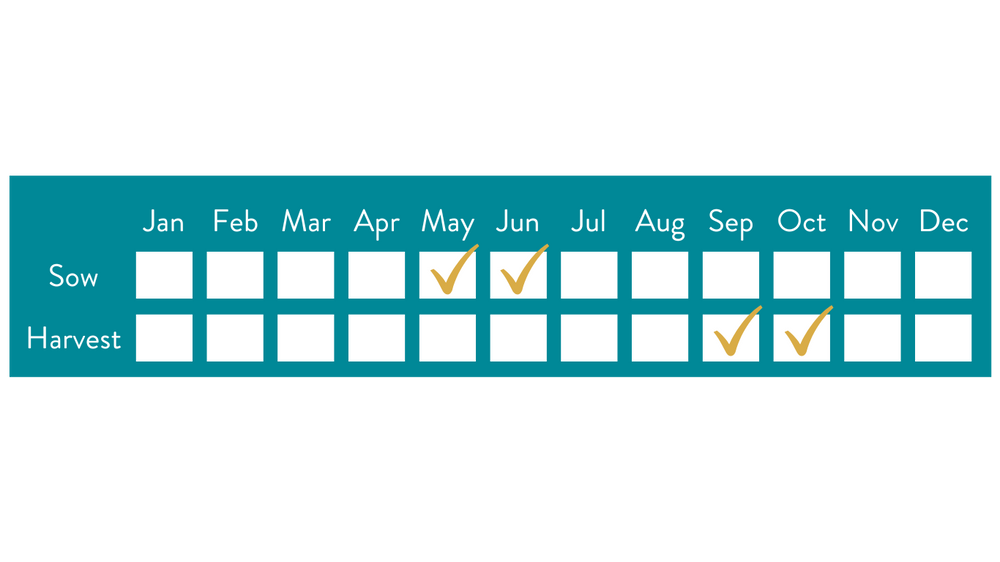
Video Guides
Need to build a raised bed? Or maybe you're battling those pesky slugs. We've got videos filled with easy and practical tips to help you in your veg patch.

Courses
Learn to grown, cook and eat some of your own food with our courses held at GROW HQ.

Squash & Pumpkin
Veg Type:
Roots
Growing Location:
Outdoors

We mainly associate pumpkins with Halloween – they are, of course, fun to carve faces into, but they are also very good to eat too. For the homegrower who is trying to produce crops to store over the winter, pumpkins are an attractive option since they store particularly well, thanks to their very tough skin. When it comes to squash, they can produce a high yield of fruits that will store well throughout the winter. Ideal for soups, stews or roasts.
Recommended Variety
- Uchiki Kuri (Squash)
- Delicata (Squash)
- Crown Prince (Squash)
- Baby Bear (Pumpkin)
- Vif d’Etampes (Pumpkin)
Sowing
- Make sure the soil where you are going to grow your pumpkins/squash has had a decent application of well-rotted manure or compost.
- Add a general fertiliser 1-2 weeks before transplanting out.
- Plants should be sown in 7cm pots for later transplanting.
- Sow seeds in May 2cm deep in pots.
- They will be ready to transplant after 3 or 4 weeks when the roots have filled out the compost in the pot.
Growing
- Squashes/pumpkins are frost sensitive, so don’t transplant them out till the danger of frost is passed – cover with fleece if it’s cold at night.
- Plant out at 1m spacing for bush varieties and 1.5m for trailing varieties.
- Water well if the soil dries out.
Harvesting
- Harvest in October when the leaves start to die back or before there’s a risk of frost.
- Cut off the squash/pumpkin from the plant leaving the stalk attached to a small section of vine.
- Plants will often benefit from a further period of ripening in a tunnel or glasshouse.
- The length of time that they will store for is partly determined by the variety – some need eating within a month or two of harvesting, whilst others store well into the winter.
TIPS
- Grow them somewhere sheltered – they don’t like wind.
- When you plant the pumpkin plants out in June, interplant with fast growing crops like lettuce or spinach, which can be eaten before the pumpkins take over. This will use the space more efficiently.
Problems
- Slugs can be a problem with newly transplanted plants – keep the area clear and use a trap or a less toxic slug pellet, such as iron phosphate.
Our food system is broken and at GIY we believe that nurturing a real connection to where our food comes from is the key to fixing it.
We're on a mission to inspire a global movement of food growers, one GIYer at a time.
Sign up to be the first to hear about all things GIY.













